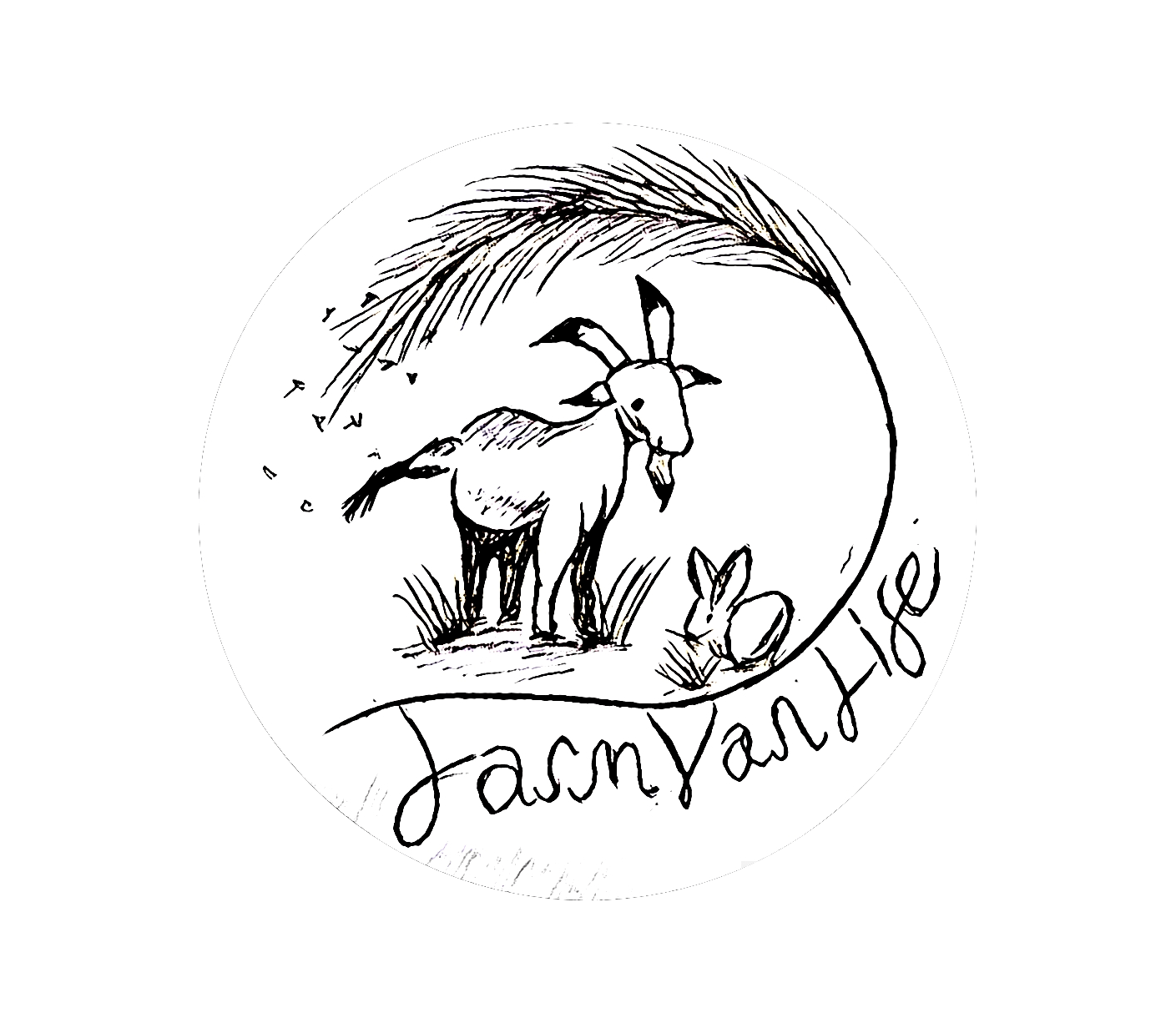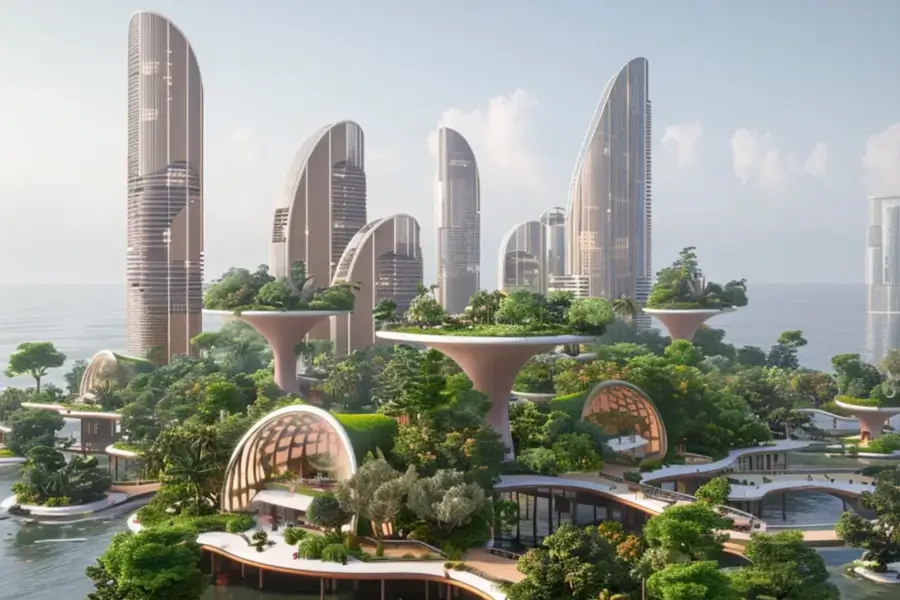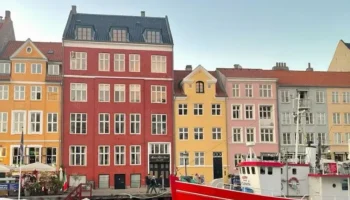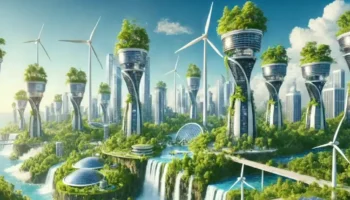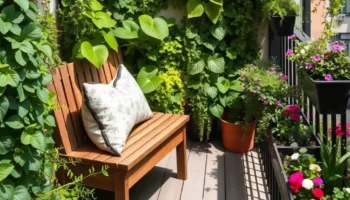We are already familiar with the concept of ecotourism, but what is an ecocity? An ecocity refers to an urban area designed with a strong focus on environmental sustainability, aiming to minimize the negative impact of human activities on the natural environment. In this post, we look through ecocities and the most popular examples of them over the world.
Well, can we call a green balcony or terrace of your house as a part of these ecocities? Why not?
We are talking about ecocities more than ever, and the concept of ecocity is becoming more and more popular. If you plan to plant some green areas in the city, be sure that you will contribute to the construction of an ecocity in a way.
Definition of ecocity
Ecocities are built or retrofitted to promote sustainable living through green infrastructure, clean energy, resource efficiency, and harmonious integration with the ecosystem. We can define an ecocity by listing its main principles as follows:
- Sustainable Transportation: Encouraging the use of public transit, cycling, and walking to reduce reliance on cars and minimize pollution.
- Renewable Energy: Utilizing clean energy sources like solar, wind, and geothermal power to reduce the carbon footprint.
- Efficient Resource Use: Emphasizing recycling, waste reduction, and water conservation to promote a circular economy.
- Green Buildings and Spaces: Incorporating energy-efficient buildings, green roofs, urban gardens, and parks to enhance biodiversity and improve air quality.
- Community Engagement: Involving residents in decision-making and encouraging sustainable lifestyles through education and public initiatives.
Ecocities aim to improve the quality of life for residents while addressing challenges like climate change, pollution, and resource scarcity. Let’s see the most popular examples of ecocities below.
Examples of ecocities
Here are some well-known examples of ecocities around the world.
1. Masdar City, UAE
Overview: Masdar City, located near Abu Dhabi, is a pioneering ecocity designed to be one of the most sustainable cities in the world. The city uses renewable energy, mostly from solar power, and integrates cutting-edge green technology to reduce waste and energy consumption.
Key features:
- Powered by solar and other renewable sources
- Car-free zones, with electric public transportation
- Sustainable architecture designed to minimize the need for air conditioning
2. Curitiba, Brazil
Overview: Often called the “Green City,” Curitiba has been a global model for sustainable urban planning since the 1960s. The city’s focus is on efficient public transportation, green spaces, and recycling programs.
Key features:
- A highly efficient bus rapid transit (BRT) system
- Large parks and green spaces to reduce flooding and improve air quality
- Strong recycling initiatives that involve local communities
3. Stockholm, Sweden (Hammarby Sjöstad)
Overview: Stockholm’s Hammarby Sjöstad district is an eco-friendly neighborhood that was built with sustainability at the core of its design. It aims to reduce energy consumption and encourage eco-friendly living.
Key features:
- Energy-efficient buildings with waste-to-energy systems
- Integrated waste management system
- Renewable energy sources like solar and bioenergy
4. Vancouver, Canada
Overview: Vancouver is one of the greenest cities in North America and has a comprehensive plan to become the world’s most sustainable city by 2050. The city emphasizes clean energy, green buildings, and eco-friendly transportation.
Key features:
- A focus on renewable energy and becoming carbon neutral by 2050
- Bike lanes and public transportation initiatives
- Extensive green spaces and parks
5. Freiburg, Germany
Overview: Freiburg is often referred to as “Germany’s Green City.” Known for its sustainability initiatives, it is a global leader in green building practices, renewable energy, and eco-friendly living.
Key features:
- Heavy use of solar power
- A focus on cycling and public transportation
- Strong waste recycling and green building policies
6. Songdo International Business District, South Korea
Overview: Built from the ground up, Songdo is one of the world’s most futuristic ecocities. It integrates smart city technologies and environmental sustainability to create an efficient, livable city.
Key features:
- Waste collection via underground pneumatic tubes to minimize garbage trucks and emissions
- Extensive green spaces and parks
- Buildings designed for energy efficiency
7. Kochi, India (Smart City)
Overview: Kochi is a growing ecocity with a strong emphasis on smart technology and sustainability, focusing on green transportation, clean energy, and eco-friendly urban planning.
Key features:
- Smart grid and renewable energy integration
- Use of electric public transport and hybrid buses
- Efficient water management systems
These cities serve as examples of how urban environments can be designed or transformed to create sustainable, livable spaces for residents, while minimizing environmental impact. We hope that the number of ecocities around the world increases, thus, we have a much greener planet.
